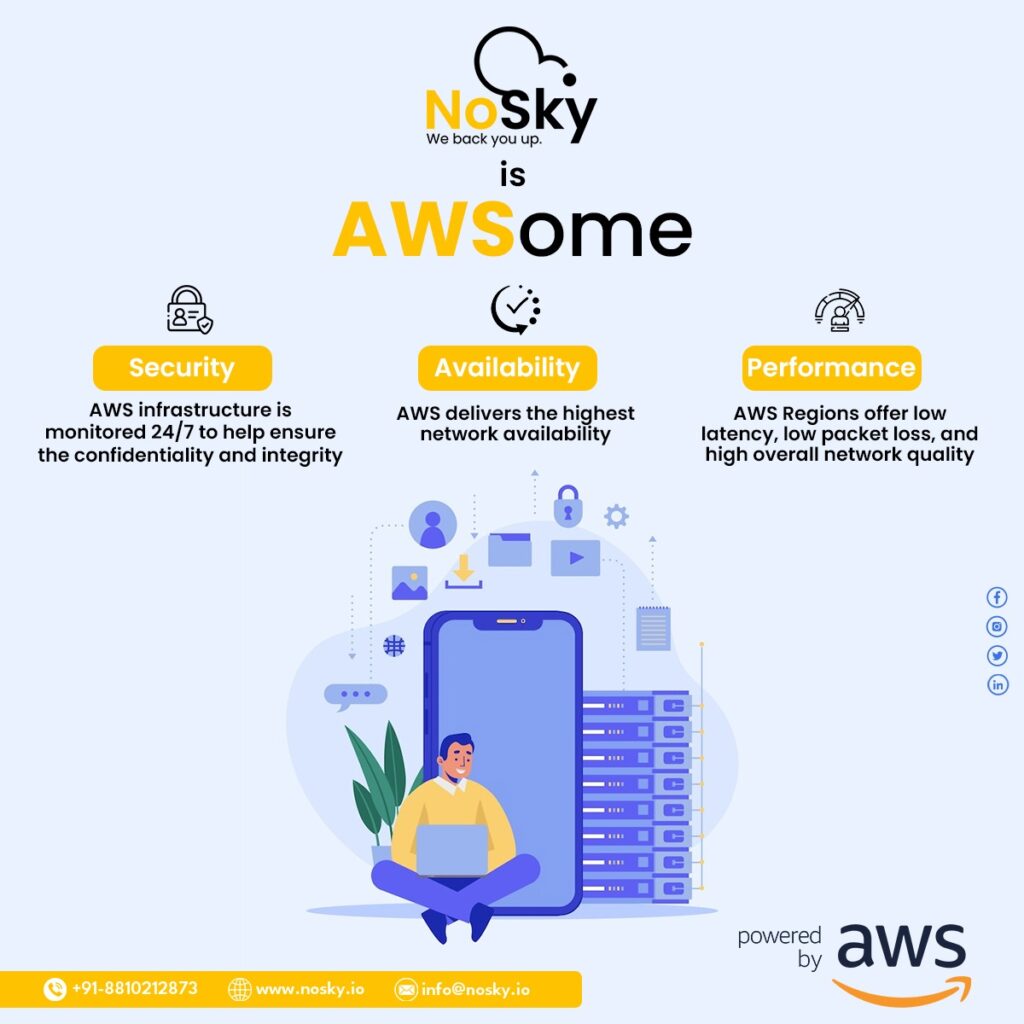- Yaman Mishra
- 0 Comments
- 1975 Views
Trends and Predictions for 2023 and Beyond

As technology evolves, it’s essential to consider the future of cloud backup and how we can best prepare for developments that are likely to take place over the next few years. In this article, we’ll look at some key trends and predictions for cloud backup in 2023 and beyond. We’ll discuss changes in pricing models, storage capacity, data protection features, as well as other innovations that may be expected from leading providers of cloud backup services. By keeping an eye on these trends and predicting what new offerings will become available in the near future, businesses can better prepare their infrastructure to leverage the power of modern cloud technologies.
Pricing Models: Examining the Changes in Cloud Backup
The cloud backup market has seen significant growth in recent years, with businesses increasingly realizing the benefits of switching from traditional on-premise backup solutions to cloud-based alternatives. One key factor driving this shift is changes in pricing models, which have made cloud backup more affordable and accessible for small and medium-sized enterprises (SMEs).
Providers are now offering a range of different packages, including pay-as-you-go options and flat-rate subscription plans that offer unlimited storage space. As well as changing the way providers offer their services, these new pricing models have also had an impact on the features they include. For example, some providers are now offering automated backups at no additional cost or providing advanced security features like encryption as part of their base package.
This trend towards bundled offerings is likely to continue over the next few years as competition increases among providers. While there’s no doubt that changes in pricing models will continue to shape the future of cloud backup, other factors such as advancements in data protection technology and increased demand for multi-cloud support will also play a role.
Increasing Storage Capacity for Cloud Backup
As data continues to proliferate across various industries, the demand for cloud backup solutions is on the rise. This trend will likely continue well into 2023 and beyond as businesses increasingly move their critical data to the cloud. With this increased demand comes a need for greater storage capacity, which many leading providers are already addressing.
One way that providers are increasing storage capacity is by offering more affordable pricing models that make it easier for businesses of all sizes to afford larger amounts of cloud storage. Additionally, some providers are leveraging artificial intelligence (AI) and machine learning algorithms to better manage and optimize data storage while minimizing costs.
These innovations have become especially important in an era where large datasets and file sizes can quickly eat up available storage space. Ultimately, as technology continues to evolve rapidly, we can expect new developments in cloud backup solutions that go far beyond simply expanding basic features like more extensive disk space or robust security protocols.
Data Protection Features for Cloud Backup in 2023 and Beyond
One of the most important aspects of cloud backup that is likely to see significant improvements in 2023 and beyond is data protection features. With cyberattacks becoming increasingly sophisticated, data breaches are a major concern for businesses storing sensitive information in the cloud. Therefore, providers of cloud backup services will be under pressure to improve security measures such as encryption, access control, and authentication. These regulations require companies to protect personal data more rigorously than ever before, or face hefty fines.
Overall, businesses can anticipate seeing more advanced data protection features being added to popular cloud backup solutions over the next few years as a response both to evolving cybersecurity threats and tightening regulation around privacy issues.